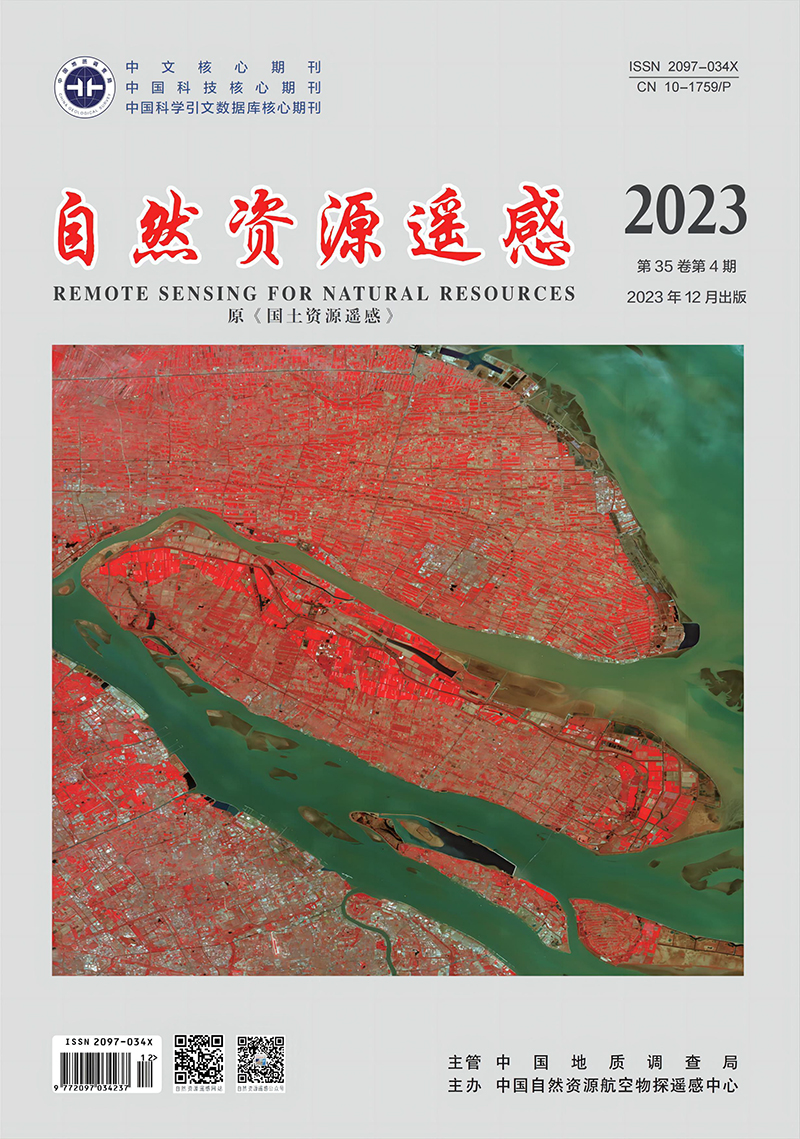LI Lei, SUN Xiyan, JI Yuanfa, FU Wentao. 2023. Hyperspectral image classification based on superpixel segmentation and extended multi-attribute profiles. Remote Sensing for Natural Resources, 35(4): 114-121. doi: 10.6046/zrzyyg.2022304
| Citation: |
LI Lei, SUN Xiyan, JI Yuanfa, FU Wentao. 2023. Hyperspectral image classification based on superpixel segmentation and extended multi-attribute profiles. Remote Sensing for Natural Resources, 35(4): 114-121. doi: 10.6046/zrzyyg.2022304
|
Hyperspectral image classification based on superpixel segmentation and extended multi-attribute profiles
-
1. Guangxi Key Laboratory of Precision Navigation Technology and Application, Guilin University of Electronic Technology, Guilin 541004, China
-
;2. Information and Communication School, Guilin University of Electronic Technology, Guilin 541004, China
-
;3. National & Local Joint Engineering Research Center of Satellite Navigation Positioning and Location Service, Guilin 541004, China
More Information
-
Corresponding author:
JI Yuanfa
-
Abstract
Superpixel segmentation-based image processing has been extensively used for the classification of hyperspectral images (HSI) in recent years. However, it fails to fully extract the HSI information at a single scale, and its classification process highly depends on parameters. Given the insufficient spatial information utilization by the superpixel segmentation-based HSI classification technology, this study proposed an HSI classification method that combines the superpixel segmentation method and the extended multi-attribute profile (EMAP) method. First, the superpixel segmentation and EMAP methods were employed to extract superpixel-level and pixel-level HSI features, respectively. By fusing the two types of features, the resulting images displayed complete HSI structural characteristics. To eliminate information redundancy, the fused images were subjected to spectral filtering through the recursive filtering method. Finally, the features were input to the support vector machine (SVM) for pixel tag determination. Experiments on the Indian Pines and University of Pavia datasets analyzed the effects of parameter variations on classification accuracy. Compared with the S3-PCA algorithm, the method proposed in this study exhibited superior classification accuracy and Kappa coefficient, which were improved by 3.55 and 2.88 percentage points, respectively.
-

-
-
Access History







 DownLoad:
DownLoad: